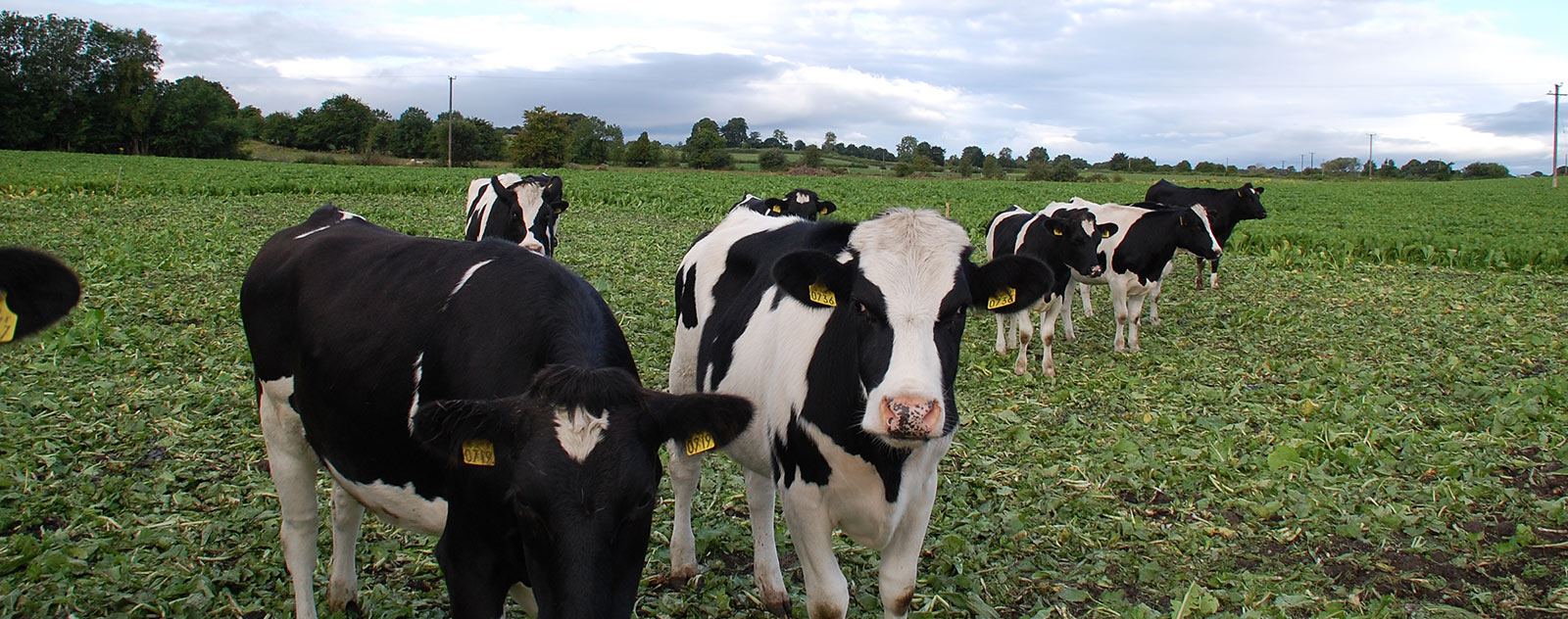
Farm Inspections

CROSS-COMPLIANCE
Inspections relate in particular to your BPS/Greening payments and your ANC payment but do also impact on other schemes. ICMSA assist members in relation to cross- compliance issues and this page highlights some of the common issues that result in penalties at farm level.
Cross-compliance regulations relate to 13 Statutory Management Requirements (SMRs) and Good Agricultural and Environmental Condition (GAEC). The 13 SMRs relate to legal requirements in the areas of environmental protection, food safety, animal health and welfare and plant health, while GAEC relates to standards on soil protection, habitat and water protection.
Cross-compliance inspections can be a full cross-compliance inspection that deals with all SMRs and GAEC, to cross-compliance inspections that deal with specific SMRs, typically cattle and sheep tagging and identification.
The inspector should outline to the farmer what is going to be inspected before the inspection is undertaken or possibly in the notice for the inspection.
Cross-compliance inspection requirements (full cross-compliance including all SMRs and GAEC) may be announced except for those relating to food and feed hygiene, TSE and animal welfare which are unannounced as of now. The notice period varies depending on the SMRs being inspected, with up to 14 days’ notice allowed in certain cases but typically 48 hours’ notice is the norm at present.
Where a farmer has an unannounced inspection, he/ she is entitled to request a postponement of those elements of the inspection for which notice is allowed and should seek clarity from the inspector on this aspect. An inspection report will be given to the farmer on the day and the farmer has the option to sign this or not. If a farmer opts to sign, he/she should clearly read the report they are signing in advance.
The main issues to look out for during an inspection are listed here:
CATTLE IDENTIFICATION AND REGISTRATION
-
Have all private sales been registered, including B&B movements?
-
Have all calves been tagged within 20 days of birth?
-
Have all calves been registered within 27 days of birth?
-
CMMS and AIMS — Are all cattle accounted for in the herd register (blue book or online)?
-
Has each animal got a valid passport/blue card?
-
Has each animal got a valid tag in each ear?
-
Keep a record of the cattle with only one tag and cattle with no tags, and order new tags immediately.
NITRATES
-
Are gutters working and rainwater from all roofs stored separately or diverted away from dirty areas and tanks storing organic manures?
-
Are all slurry and silage effluent tanks up to standard and not leaking? Look out for signs of cracks (and signs of pollution around tanks.)
-
Have you adequate storage for livestock manures?
-
Do you know the volume of storage (in cubic metres) you should have to be compliant?
-
Is your silage pit ‘crack free’ and all joints in the concrete sealed?
-
Is the concrete in the collecting yard or any dirty yard ‘crack free’ and are joints between concrete sealed?
-
Do you keep collecting yards, concrete aprons and effluent channels clean to reduce spoiled water?
-
If you export or import slurry, have you completed and submitted the correct documentation? This document must be submitted to DAFM before December 31 of the same year.
-
If you are out-wintering stock are you aware of the restrictions?
-
Have you made yourself aware of all the ‘buffer zones’ that affect your farm?
-
Do you know the different buffer zones for spreading fertilisers and storing farmyard manure (FYM)?
-
During the closed period, have you a specified area with a concrete floor for storing FYM and any seepage or rainfall that may occur? All seepage from stored FYM must be collected regardless of whether it is covered or not.
-
Have you analysed your recent N & P statement and are you aware of the restrictions as part of the Nitrates Directive?
GAEC
-
Have you removed any hedgerows and have you replaced the same length of hedgerow elsewhere on the farm?
-
Are you controlling invasive species and noxious weeds?
-
Do you take measures to protect the soil? (e.g. only travel on it when suitable, ploughing at correct times, no overgrazing etc.)
-
Do you maintain external boundaries so that your farm is stock-proof?
-
Do you only burn growing vegetation on uncultivated land (heather) between March 1 and August 31? When burning vegetation do you apply for written permission from your local authority?
Please see for full detail of all Cross Compliance details
Further details are here
Latest Headlines
- Sections
Contact Us
Telephone
+353 (0)61 314677




